Physics
Sign up for our newsletter
We summarize the week's scientific breakthroughs every Thursday.
-
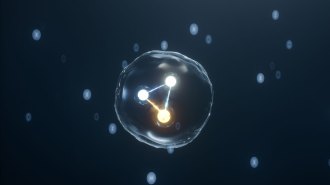 Particle Physics
Particle PhysicsProtons contain intrinsic charm quarks, a new study suggests
The massive quarks — counterintuitively heavier than the proton itself — might carry about 0.6 percent of a proton’s momentum.
-
 Physics
PhysicsSpiraling footballs wobble at one of two specific frequencies
Researchers simulated the path of a flying football to study how pigskins wobble and why they drift sideways.
By Nikk Ogasa -
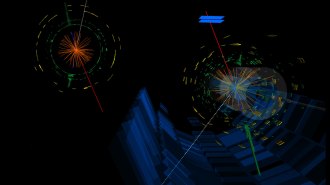 Particle Physics
Particle PhysicsPhysicists spotted rare W boson trios at the Large Hadron Collider
By measuring how often triplets of particles called W bosons appear, scientists can check physics’ standard model for any cracks.
-
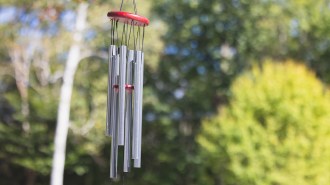 Cosmology
CosmologyThe Windchime experiment could use gravity to hunt for dark matter ‘wind’
Though decades away, the project hopes to use an array of ultrasensitive sensors as a “wind chime,” jostled by dark matter blowing past Earth.
-
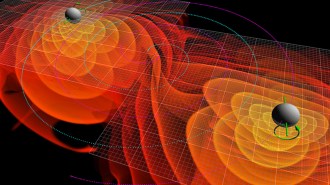 Physics
PhysicsTwo black holes merged despite being born far apart in space
A closer look at gravitational wave data reveals 10 overlooked mergers, including one between black holes that probably found each other late in life.
-
 Health & Medicine
Health & MedicineThis stick-on ultrasound patch could let you watch your own heart beat
A new, coin-sized ultrasound probe can stick to the skin like a Band-Aid for up to two days straight, marking a milestone in personalized medicine.
By Asa Stahl -
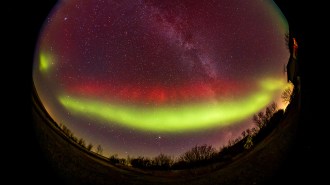 Space
SpaceAmateur astronomers’ images of a rare double aurora may unlock its secrets
With breathtaking videos, citizen scientists have shown researchers a new pattern of auroras that may solve the mystery behind a strange red glow.
By Asa Stahl -
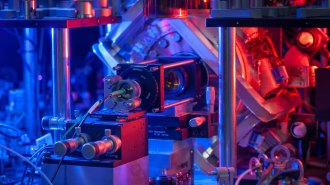 Quantum Physics
Quantum PhysicsQuantum entanglement makes quantum communication even more secure
Bell tests proved that quantum mechanics really is “spooky.” Now they’ve made quantum communication even more hacker-proof.
-
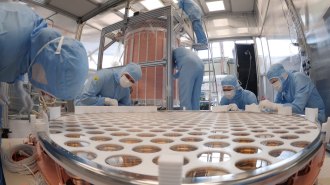 Physics
PhysicsA new dark matter experiment quashed earlier hints of new particles
Unlike its earlier incarnation, the XENONnT detector found no evidence of extra blips that scientists had hoped indicated new physics.
-
 Physics
PhysicsWiggling metal beams offer a new way to test gravity’s strength
A new experiment aims to get a better handle on “Big G,” the poorly measured gravitational constant.
-
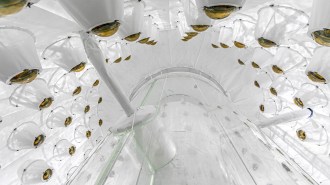 Particle Physics
Particle PhysicsA supersensitive dark matter search found no signs of the substance — yet
The LZ experiment’s first measurement raises hopes that scientists are closer than ever to finding the source of much of the universe’s mass.
-
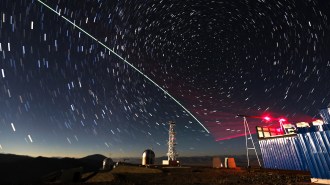 Quantum Physics
Quantum PhysicsAliens could send quantum messages to Earth, calculations suggest
Scientists are developing quantum communications networks on Earth. Aliens, if they exist, could be going further.